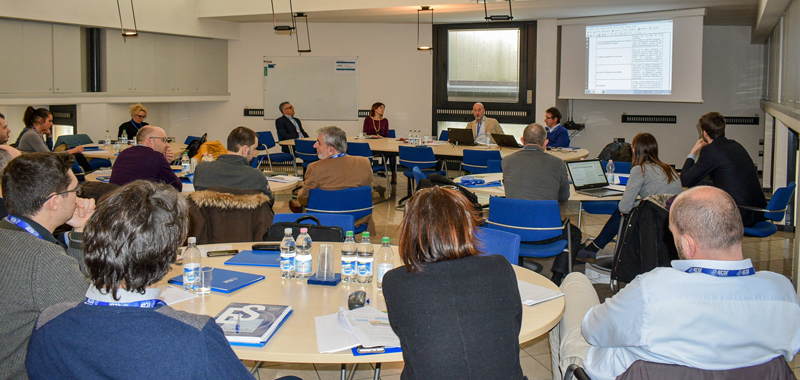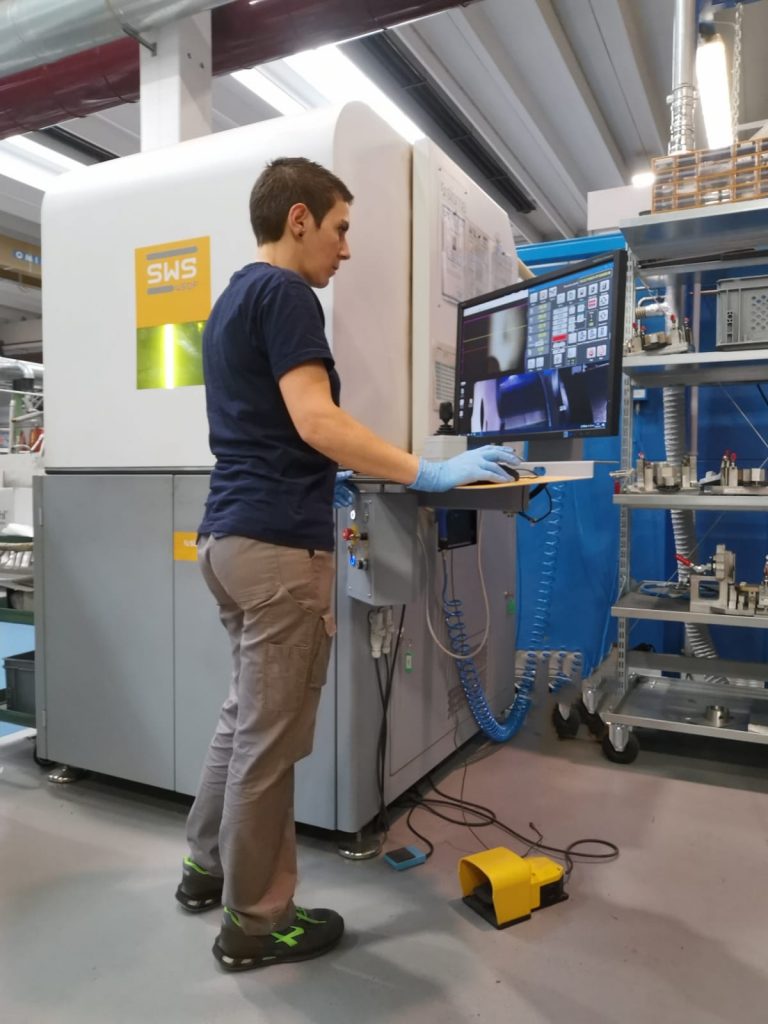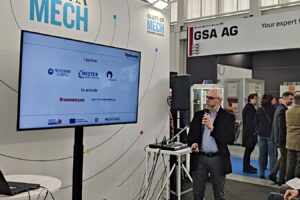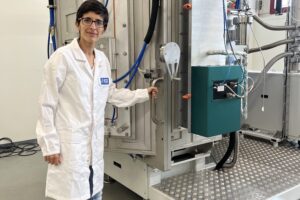Sommario
Innovative high-performance materials have been developed and can lead to the creation of light high-performing components for the transport industry, having a positive impact both on consumption and on the environment.
This is the result achieved by a multidisciplinary team including companies and institutions,such as Ecor International and the University of Padua, as part of the project “GAP high-performing cast irons and aluminium alloys for innovative components”. It has been co-financed by the Call for the support to Research and Development projects developed by the Industrial Districts and the Regional Innovative Networks of the European Regional Development Fund 2014-2020 of the Veneto Region (POR-FESR) .
The project has been attended by some Sinfonet partners (Smart & Innovative Foundry Network) and the Veneto Regional Innovative Network, which is part of the Smart Manufacturing specialization.

Results
Participants to the 3-year project developed some innovative materials, namely cast irons and aluminium alloys with improved characteristics in terms of mechanical properties, corrosion and wear resistance.
Among the results, researchers have demonstrated that it is possible to produce die cast components containing these aluminium alloys with an optimized composition, with thin thickness using in this way a smaller quantity of material. Indeed, it has been confirmed that the new material has a better mechanical strength and improved process performance. Consequently, the manufactured articles may have a 30% reduced thickness, while preserving their quality characteristics.
In other words, it will be possible to produce light high-performing components for the transport industry with significant environmental benefits, leading to greater efficiency and lower costs, as well as reduced consumption, thanks to a more rational use of energy. The applications can be numerous, with particular benefits for the automotive, naval, and railway sector.

Project phases
In a first phase, participants have carried out a metallurgic study in preparation to alloys development with the aim to define all possible material compositions.
Afterwards, different prototypes have been manufactured using innovative cast iron and aluminium alloys that have been subject to thermal treatment aiming at a better performance.
Therefore, researchers worked on material characterization, a property study developing metallurgic characterization and laboratory tests at a mechanical, wear and weldability level. The results enabled to evaluate if the materials correspond to a series of fixed parameters or, if not, to detect corrective actions to improve performances.
In this phase, we are completing advanced characterization activities to trace guide lines at industrial scale for high-performance components design applicable in various sectors.

Industrial process application
An important contribution to the positive outcome of the project is the study on material weldability that enabled to detect most suitable junctions technologies and therefore the streamline of processes. In this case, the goal was to evaluate integrability in current industrial systems.
This activity has been carried out by Ecor International that, besides welding, works on industrial research for materials and surface functioning. The company has developed a feasibility study through welding tests, metallographic study and related control methods. This is one of the on going industrial research projects.

Comments
«We are highly satisfied by the results achieved– states Mr. Franco Bonollo, full professor by Management and Industrial System Department of the University of Padua and project manager.- We can now make available to designers, converting industries and end-users a series of innovative materials together with a complete database able to describe clearly the potential, limits, usability in the different environments. Thanks to the co-operation spirit of the members and to the growing reliability and esteem aroused working in team, it has been possible to trigger a collaboration virtuous cycle among all participants sharing experiences, tools and working methods».
«Some of the joints performed with those innovative materials had to face challenges related to junction property differences for example concerning the hybrid welding cast iron/steel or in the high thickness of the joints subject to laser welding- Explains Domenico Stocchi, Ecor International Research and Financing & Business Development Manager-. We have achieved positive results defining the welding parameters for requested couplings with the use of the innovative materials developed and studied».
The participants
Besides Ecor International, other companies and institutions attended the project which is leading to light high-performing components for the transport industry, such as Fonderia Corrà, Rds Moulding Technology, Enginsoft, Zanardi Fonderie, Italker, Unilab Laboratori Industriali, Fusina Rolling, Lino Manfrotto and the MManagement and Industrial System Department of the University of Padua.










 @EcorIntern
@EcorIntern